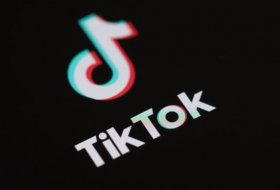Stunning new theory of gravity suggests there`s no such thing as dark matter

According to mainstream physics, more than 80 per cent of all matter cannot be seen.
Its presence – and the extra gravity it provides – is required under current thinking to explain why stars do not fly off into the universe as their galaxies spin.
However, Professor Erik Verlinde, of Amsterdam University, has now published a research paper in which he argues his startling theory of “emergent gravity”, first put forward in 2010, explains the movement without the need for dark matter, according to a report on the phys.org website.
“We have evidence that this new view of gravity actually agrees with the observations,” he told phys.org.
“At large scales, it seems, gravity just doesn’t behave the way Einstein’s theory predicts.”
The current theory of gravity appears to work well in most situations, but scientists have struggled to show it is compatible with the strange world of tiny particles described by quantum physics.
It is thought that two of the most important theories of physics cannot both be true.
This has prompted the search for a way to resolve the apparent contradictions.
“Many theoretical physicists like me are working on a revision of the theory, and some major advancements have been made,” Professor Verlinde said.
“We might be standing on the brink of a new scientific revolution that will radically change our views on the very nature of space, time and gravity.”
According to his theory of emergent gravity, it is not one of nature’s fundamental forces.
Instead it “emerges” from changes in “information” stored in the structure of spacetime, in a similar way that temperature is produced by the movement of microscopic particles.















-1741770194.jpg&h=190&w=280&zc=1&q=100)






-1741765030.jpg&h=190&w=280&zc=1&q=100)
























